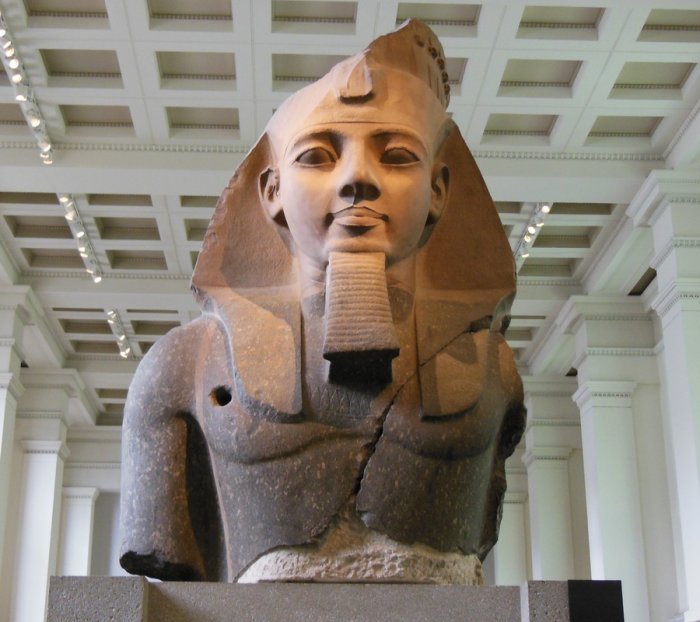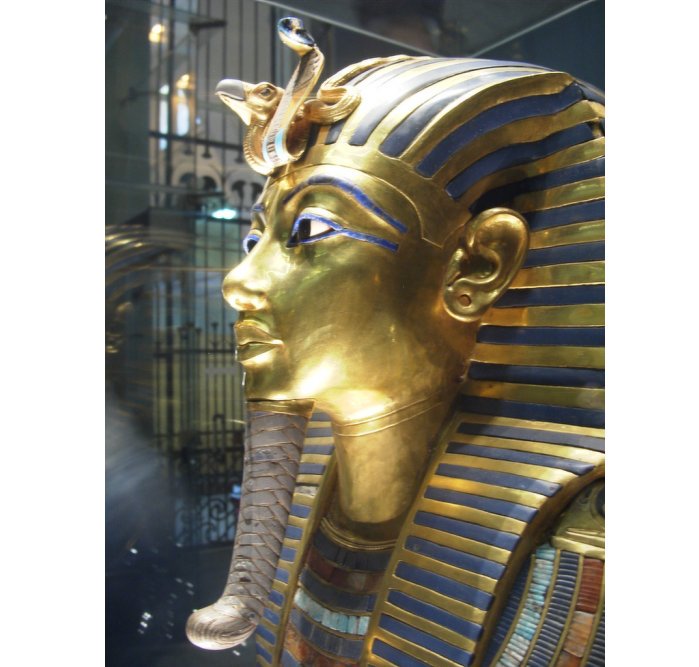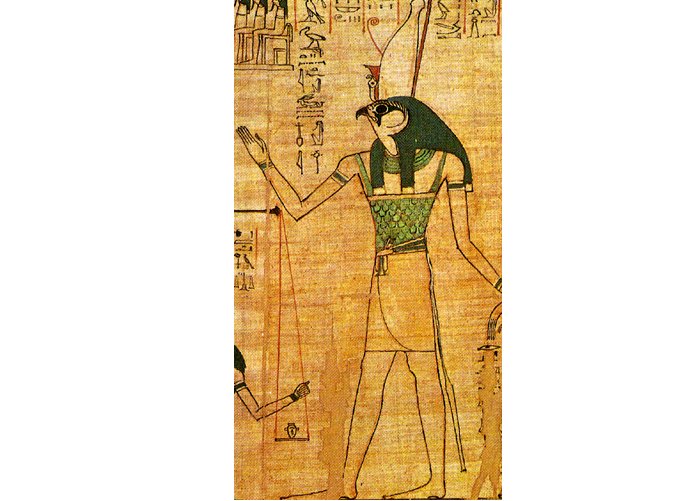10 Fascinating Facts About Pharaohs
Ellen Lloyd - AncientPages.com - In ancient Egypt, pharaohs were considered to be both divine deities as well as mortal rulers. The ancient Egyptian empire lasted for thousands of years and over this period of time, there were at least 170 pharaohs in all. According to historical records, Menes was the first pharaoh of Egypt and Cleopatra VII was the last.
In this article, we have put together 10 fascinating facts about pharaohs. Some of the facts are well-known, but there are also a few that are quite surprising.
1. The Term “Pharaoh” Was Not Used Until About 1200 B.C.
The term 'pharaoh' is the Greek form of the Egyptian 'pero' or 'per-a-a', which was the designation for the royal residence and means `Great House'. It was not used until about 1200 B.C. The early monarchs of Egypt were not known as pharaohs but as kings. It was first during the time of the New Kingdom and onwards the word pharaoh it was used to refer to the king himself.
2. Long And Hard Training Was Required To Become A Pharaoh
To become a pharaoh was by no means an easy task. It required a long period of hard training that started were very early in a prince’s life. Young children went through a series of lessons. Many of these lessons focused on building physical strength because the pharaoh often fought at the head of his army. Princes went to the royal stables where they learned how to ride and break wild horses. They also ran long foot races to build endurance and went on hunting and fishing expeditions. In time, a prince hoped to persuade a pharaoh to take him on as his ‘co-regent’. When a pharaoh died, control went to his co-regent.
3. Only A Pharaoh Was Allowed To Make Offerings To The Gods
The pharaohs were also the high priests and made daily offerings to the gods. Only the kings and priests were allowed to enter the temples which were believed to house the gods whose spirits resided in their statues.
It was believed that pharaohs were the only people who were allowed to approach and touch the gods. Pharaohs are the only people shown making offerings to the gods in temple wall paintings.
4. Pharaohs Were Always Depicted With A Beard
Pharaohs always had a beard. In most cases, it was a false beard. In real-life, most Egyptian men were clean-shaven, but pharaohs, even the female ones, wore fake beards. Usually, the beards were plaited like a big braid. It was believed that the beard let the pharaoh connect closer to the gods.
See also:
Ancient Egyptian Men Used Eye Makeup For Many Reasons
Ancient Egyptians Played Bowling 5,000 Years Ago
Egyptian Blue: World’s Oldest Artificial Pigment
5. The Pharaoh Had The Greatest Power In Ancient Egypt
No-one was as powerful as the pharaoh in ancient Egypt. The pharaoh was completely in charge of law and order, trade and industry, and the taxation of the temple lands and private estates. The pharaoh was also the head of Egypt’s legal system. If an Egyptian felt he had been wronged, he could appeal directly to the pharaoh for justice.
6. The Pharaoh Wore A Nemes Crown
Egyptian pharaohs wore ceremonial clothes and several symbols indicating their power and position in Egyptian society. A Nemes crown was a striped head cloth that covered the entire back of the head and neck. On top of the Nemes crown was uraeus, an upright cobra.
See also: 12 Ancient Egyptian Symbols Explained
The cobra was a sign that meant the pharaoh was ready to strike at his enemies with venom at any time. The uraeus is the symbol of the ancient Egyptian goddess Wadjet. Other important symbols used by the pharaohs were the crook and the flail. The crook shows that the pharaoh leads and protects his people. Moreover, the flail ia a tool that helps to separate grains from their husks so it symbolizes the pharaoh’s role as the provider of food for his people.
7. Pharaohs Were Always Depicted And Young And Handsome Even If They Were Old And Fat
It really didn’t matter if the pharaoh was fat or utterly ugly. He was always depicted as a young handsome man in ancient Egyptian art.
8. Pharaoh Was The Human Form Of Sky God Horus
God Horus
Ancient Egyptians believed that the pharaoh was the human form of sky Horus, and then when he died, the dead pharaoh was the human form of Osiris. More generally, Horus was a sky god, the son of the sun god, Ra. He was the god of war and the god of protection against evil. A lot of people carried good luck charms in the shape of the eye of Horus, to watch out for their safety.
9. All Pharaohs Wore Makeup
Both male and female pharaohs wore makeup. They painted the eye area with black kohl from ground ores (metal-bearing mineral), not just for beauty but also to reduce light reflection. Aside from considering beauty as holiness, they needed to be comfortable under the northern Nile Valley’s bright sunshine. They also believed that by lining their eyes with kohl and creating an almond-shape, their eyes would resemble the eyes of the god Horus. As such, the resemblance would enable them to protect themselves against evil spirits and eye diseases. Pharaohs also darkened their eyebrows and eyelashes, and they preferred to apply green or blue eye shadow.
Frescoes discovered in ancient Egyptian temples illustrating daily life reveal men often wore makeup. In fact, it’s almost impossible to find a portrait of an ancient Egyptian whose eyes are not decorated.
During all periods and dynasties, eye makeup was a daily prerequisite for both men and women.
10. Pharaohs Spent Their Reigns Preparing For Their Death
Afterlife was in many ways just as important as real-life to the pharaohs who spent their reigns preparing for their death.
Pharaohs built tombs to be the homes of their dead spirits so they could still live well even in the afterlife. The construction of their tombs or pyramids would begin as soon as they took the throne. Tomb of Pharaoh Seti I is the largest tomb in the Valley of the Kings.
Written by - Ellen Lloyd - AncientPages.com
Copyright © AncientPages.com All rights reserved. This material may not be published, broadcast, rewritten or redistributed in whole or part without the express written permission of AncientPages.com
More From Ancient Pages
-
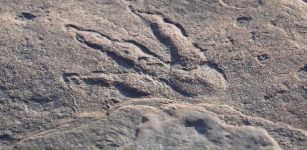 220 Million-Year-Old Dinosaur Footprint Found On Wales Beach By Girl
Fossils | Feb 1, 2021
220 Million-Year-Old Dinosaur Footprint Found On Wales Beach By Girl
Fossils | Feb 1, 2021 -
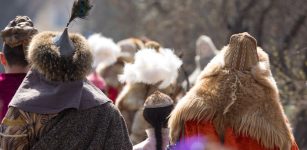 Something Unexpected Stopped Mongol Hordes From Conquering Europe
Featured Stories | Jul 11, 2017
Something Unexpected Stopped Mongol Hordes From Conquering Europe
Featured Stories | Jul 11, 2017 -
 Treasure Hunters Encounter Something Unexplained In The Arizona Mountains
Featured Stories | Apr 7, 2022
Treasure Hunters Encounter Something Unexplained In The Arizona Mountains
Featured Stories | Apr 7, 2022 -
 Struggle To Get Mail On Time Has Lasted More Than 5,000 Years – Part 3
Featured Stories | Aug 1, 2017
Struggle To Get Mail On Time Has Lasted More Than 5,000 Years – Part 3
Featured Stories | Aug 1, 2017 -
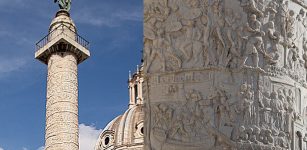 Trajan’s Column – A Roman Triumphal Column In Ancient Rome
Ancient History Facts | Aug 31, 2021
Trajan’s Column – A Roman Triumphal Column In Ancient Rome
Ancient History Facts | Aug 31, 2021 -
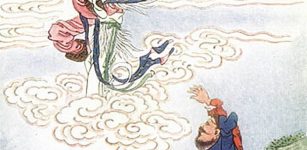 Chang’e: Chinese Goddess Of Moon And Immortality
Chinese Mythology | Aug 7, 2019
Chang’e: Chinese Goddess Of Moon And Immortality
Chinese Mythology | Aug 7, 2019 -
 Beautiful Ancient Irish Legend Of The Blessing Of The Bees – Ancient Tradition Revived In Ireland Again
Ancient Traditions And Customs | Oct 11, 2017
Beautiful Ancient Irish Legend Of The Blessing Of The Bees – Ancient Tradition Revived In Ireland Again
Ancient Traditions And Customs | Oct 11, 2017 -
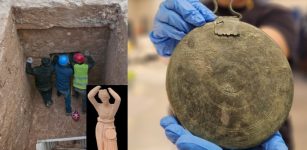 Rare 2,300-Year-Old Tomb Of Greek Courtesan Found In Jerusalem Burial Cave
Archaeology | Sep 28, 2023
Rare 2,300-Year-Old Tomb Of Greek Courtesan Found In Jerusalem Burial Cave
Archaeology | Sep 28, 2023 -
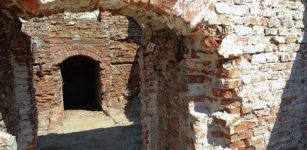 Mysterious Tunnel Found Under Saxon Palace Ruins In Warsaw, Poland
Archaeology | Sep 14, 2023
Mysterious Tunnel Found Under Saxon Palace Ruins In Warsaw, Poland
Archaeology | Sep 14, 2023 -
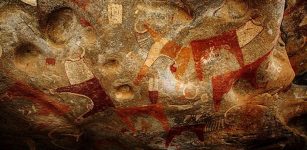 Somalia’s Legacy: Laas Geel Caves Covered With At Least 5,000-Year-Old Paintings
Civilizations | Oct 18, 2018
Somalia’s Legacy: Laas Geel Caves Covered With At Least 5,000-Year-Old Paintings
Civilizations | Oct 18, 2018 -
 Evidence Of The 586 BCE Babylonian Destruction Of Jerusalem’s Monumental Building – Reconstructed
Archaeology | Jul 28, 2023
Evidence Of The 586 BCE Babylonian Destruction Of Jerusalem’s Monumental Building – Reconstructed
Archaeology | Jul 28, 2023 -
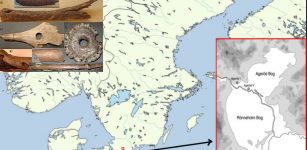 Accelerated Bone Deterioration At Mesolithic Peat Bog In Ageröd, Sweden
Archaeology | Aug 4, 2020
Accelerated Bone Deterioration At Mesolithic Peat Bog In Ageröd, Sweden
Archaeology | Aug 4, 2020 -
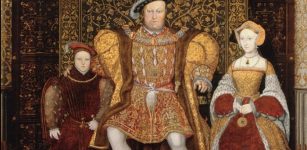 On This Day In History: Henry VIII Ascended The Throne Of England – On Apr 22, 1509
News | Apr 22, 2016
On This Day In History: Henry VIII Ascended The Throne Of England – On Apr 22, 1509
News | Apr 22, 2016 -
 Heimdallr: Norse God That ‘Illuminates The World’ And Guards The Rainbow Bridge Bifrost In Asgard
Featured Stories | Feb 6, 2016
Heimdallr: Norse God That ‘Illuminates The World’ And Guards The Rainbow Bridge Bifrost In Asgard
Featured Stories | Feb 6, 2016 -
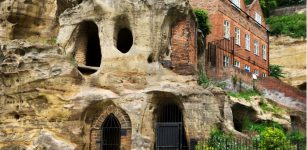 Rare Artifacts Found In Nottingham’s Mysterious Caves On Display For The First Time
Archaeology | Feb 7, 2024
Rare Artifacts Found In Nottingham’s Mysterious Caves On Display For The First Time
Archaeology | Feb 7, 2024 -
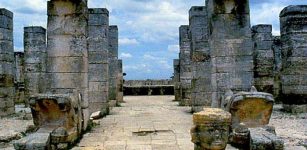 ‘Chac Mool’ – Intriguing Life-Size Figure Carved In Single Stone
Featured Stories | Mar 5, 2016
‘Chac Mool’ – Intriguing Life-Size Figure Carved In Single Stone
Featured Stories | Mar 5, 2016 -
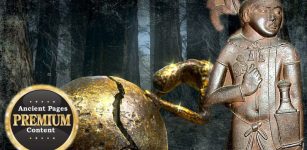 Forbidden High-Tech Knowledge Of A Controversial Ancient Lost Super Race
Civilizations | Jun 22, 2018
Forbidden High-Tech Knowledge Of A Controversial Ancient Lost Super Race
Civilizations | Jun 22, 2018 -
 Ancient Viking Age Music Recreated – This Is What It Sounds Like
Featured Stories | Sep 20, 2020
Ancient Viking Age Music Recreated – This Is What It Sounds Like
Featured Stories | Sep 20, 2020 -
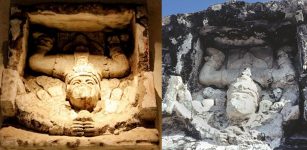 Ancient Maya Ruins Of Tulum: Sea Port And Sacred Site For Worshiping Of Descending God
Featured Stories | Aug 10, 2016
Ancient Maya Ruins Of Tulum: Sea Port And Sacred Site For Worshiping Of Descending God
Featured Stories | Aug 10, 2016 -
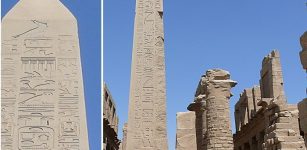 Unknown History Of Gigantic Obelisks Created With Ancient Lost Technology
Ancient Technology | Oct 8, 2017
Unknown History Of Gigantic Obelisks Created With Ancient Lost Technology
Ancient Technology | Oct 8, 2017


